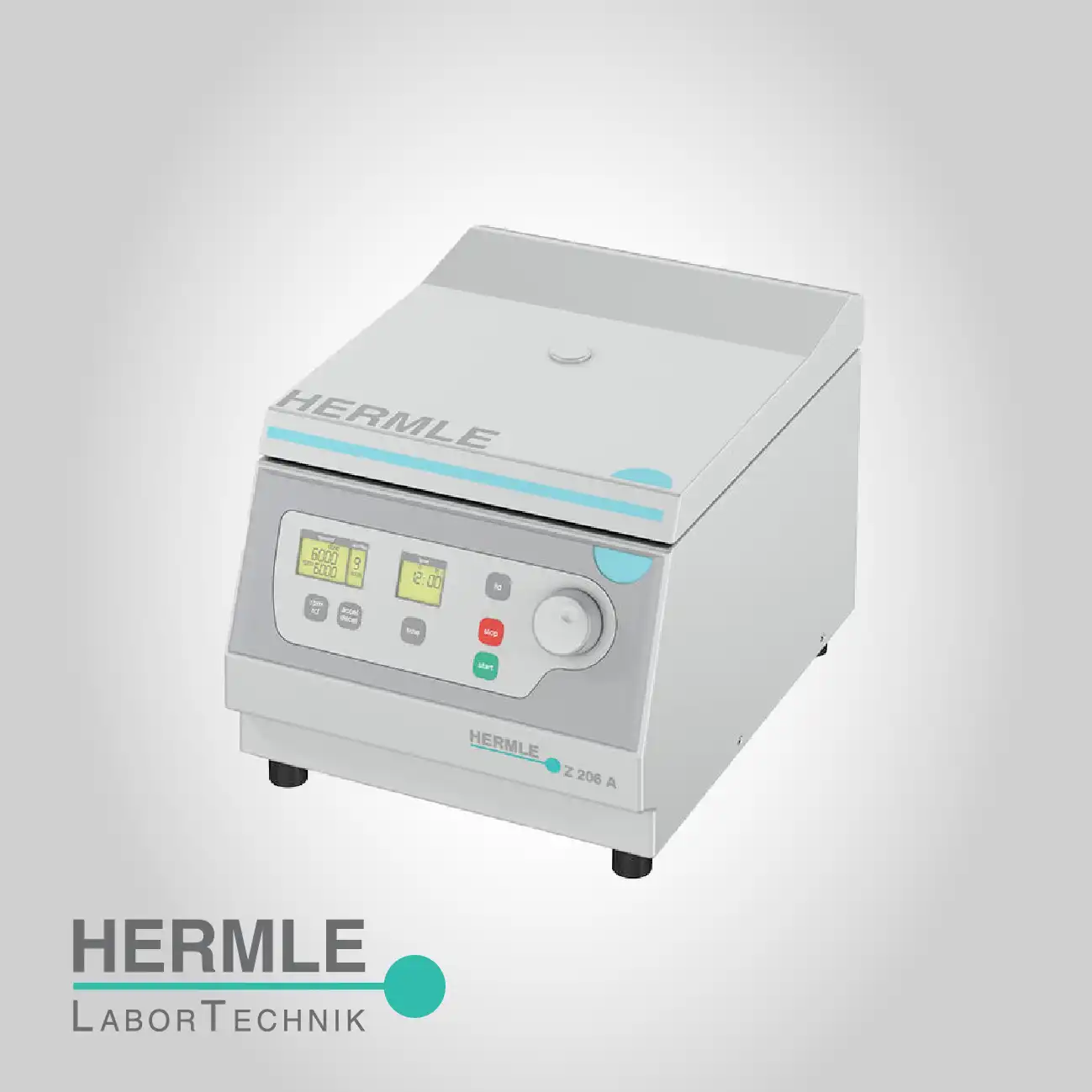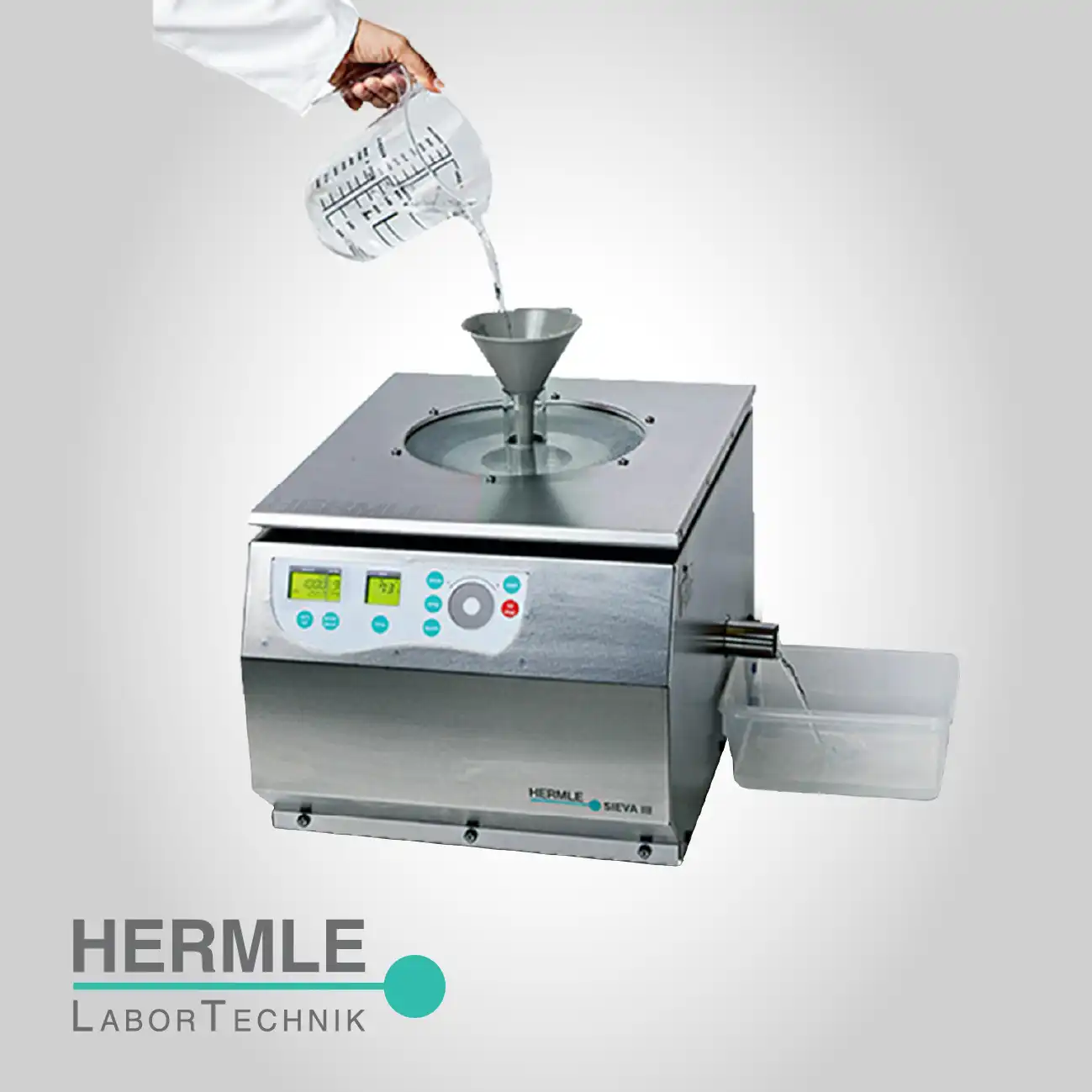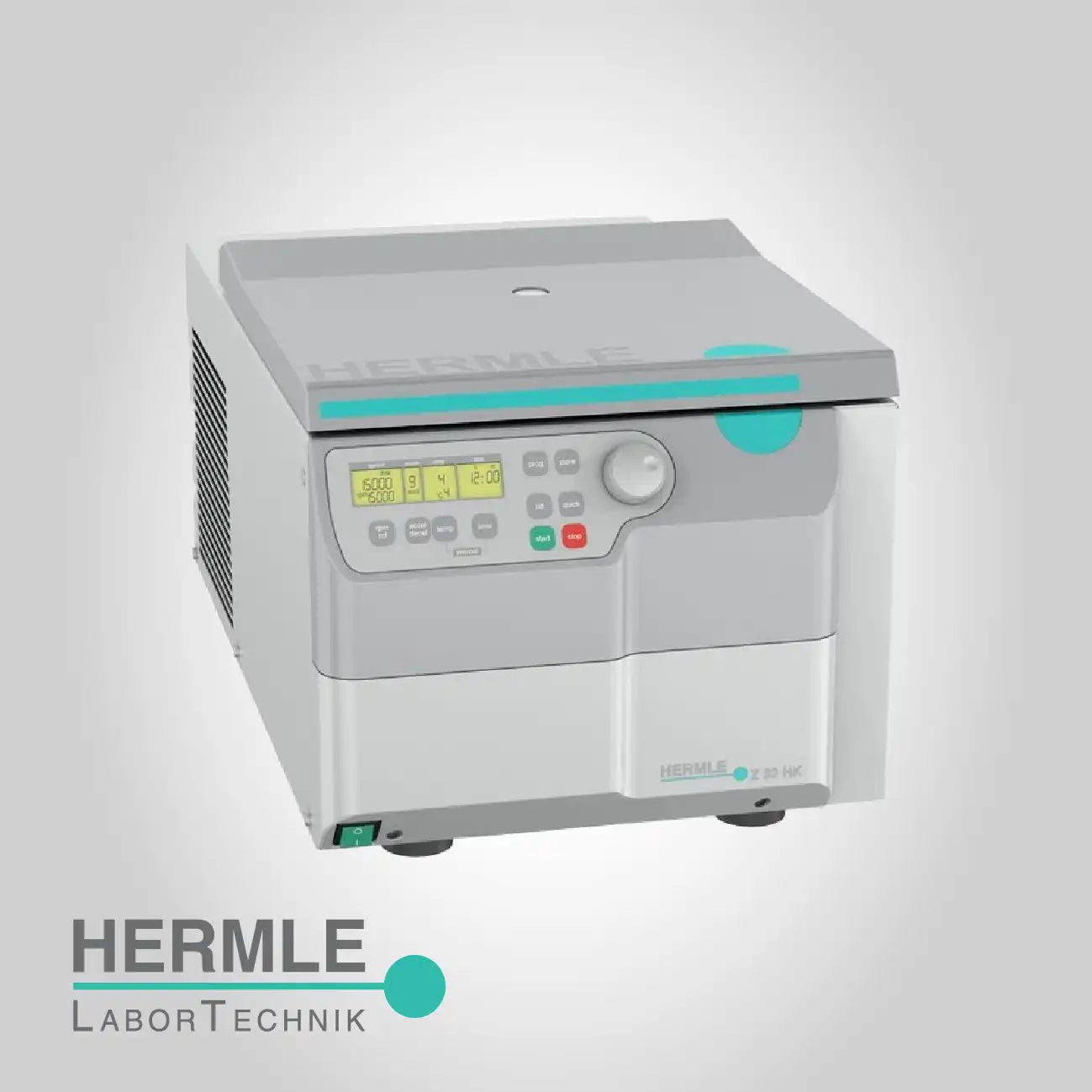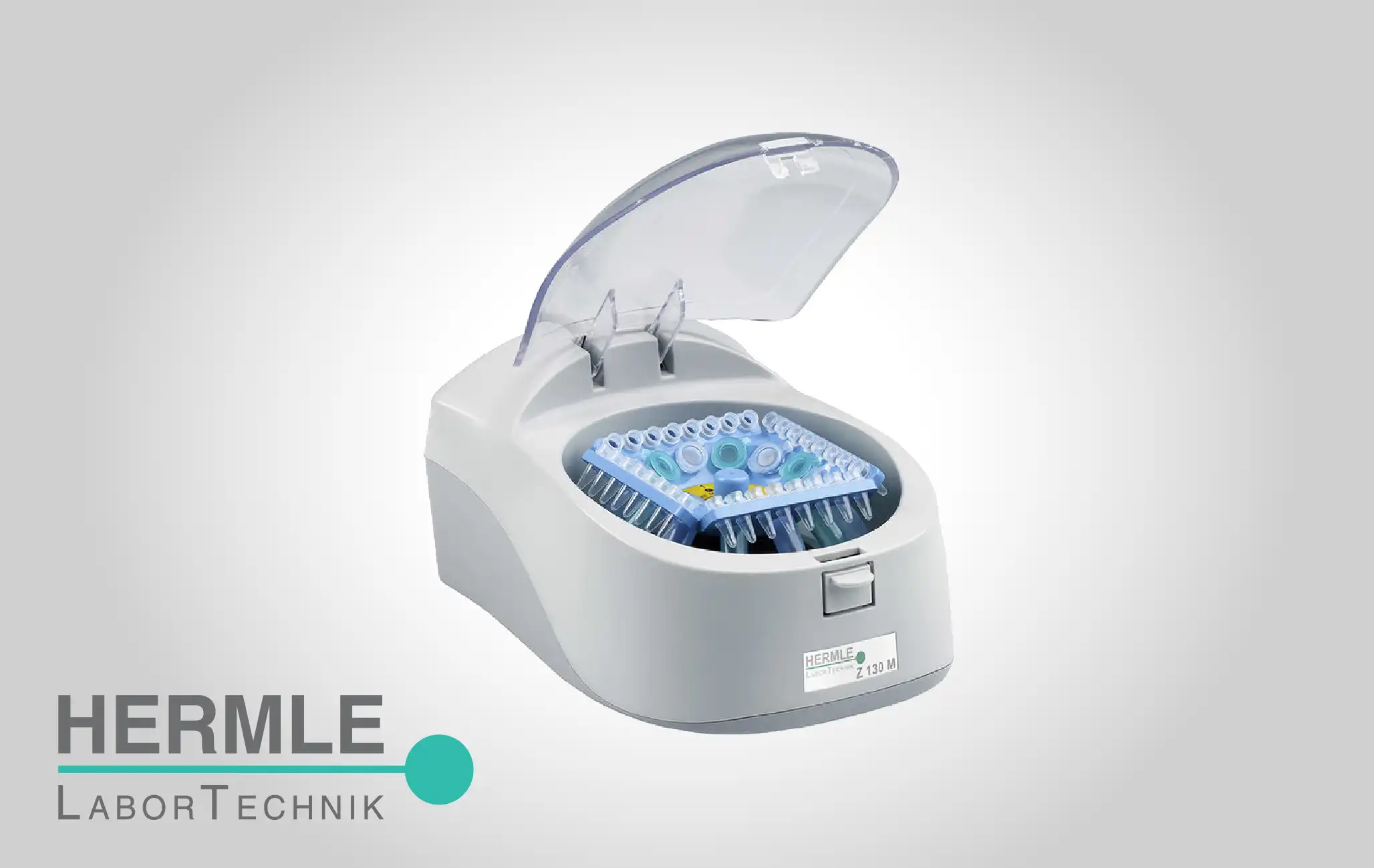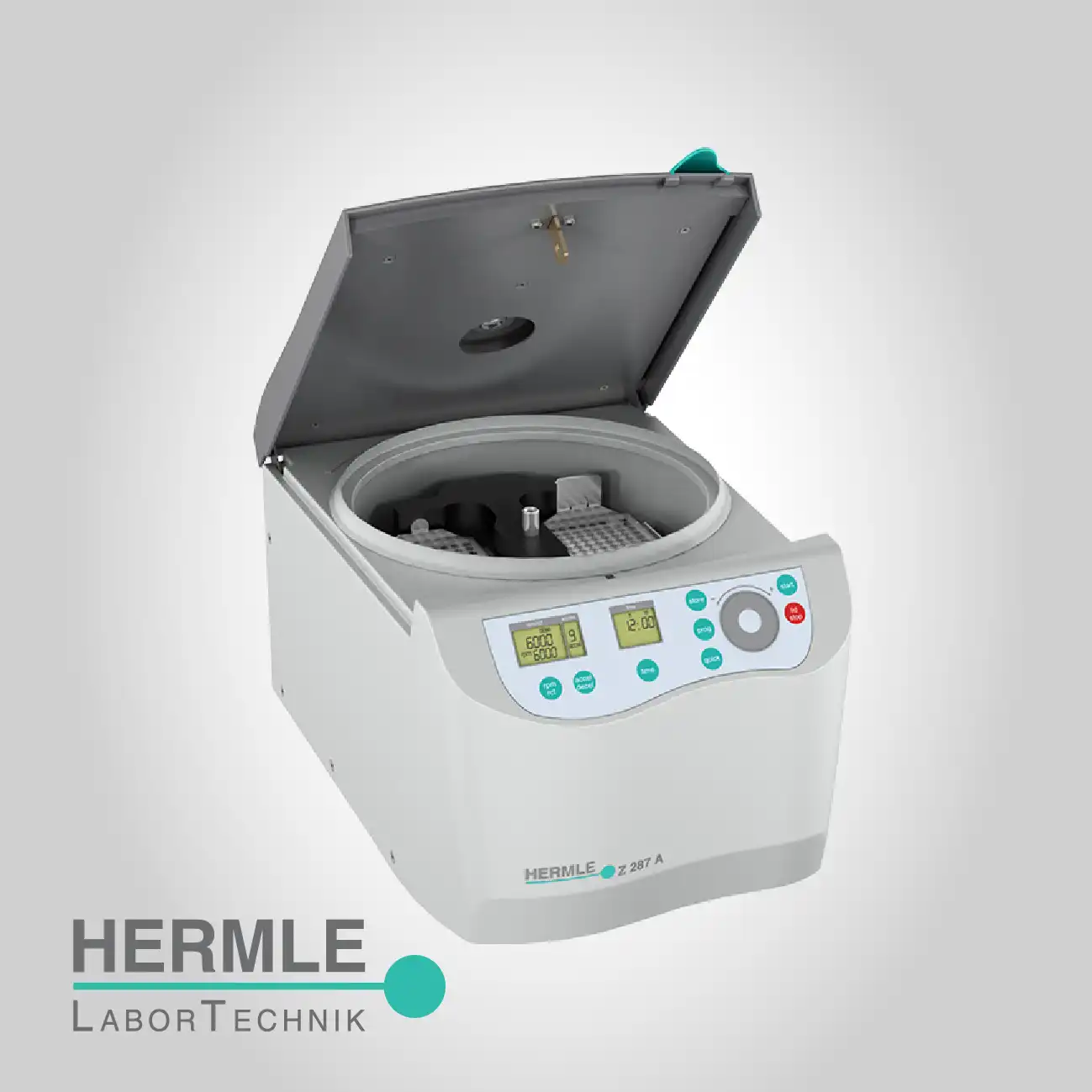
Large-Volume Centrifuge
High Throughput Batch Processing Floor Model
Hermle Large-Volume Centrifuges
The technical specification of large-volume capacity directly addresses the need for high throughput, enabling the processing of many liters of material simultaneously. These systems utilize heavy-duty motors and structurally reinforced chambers to safely manage the significant kinetic energy generated by rotating large, heavy loads at speed. This capability is paramount in environments where time-to-result for bulk materials—such as pharmaceutical production intermediates or clinical blood bank processing—is a critical operational metric.
As floor-standing units, these centrifuges are designed for stability and durability under continuous heavy loads. They often include advanced refrigeration capabilities necessary to cool vast volumes of material, maintaining thermal integrity across large sample batches. The robust engineering and intuitive control systems ensure reliable, high-volume operation, minimizing technical interventions and guaranteeing consistent performance required for validated, large-scale processing environments.
Laboratory Scale-Up
Scaling up laboratory protocols to handle production-level volumes (e.g., cell harvesting from multiple liters of culture) is impossible with benchtop models, causing bottlenecks. Large-Volume Centrifuges eliminate this constraint by accommodating massive rotors designed for large bottles (e.g., 1,000 ml), allowing the processing of liters of material in a single, efficient cycle.
Temperature Uniformity
A significant challenge is maintaining a precise and uniform temperature across large sample volumes, as inadequate cooling can lead to inconsistent separation or degradation of bulk reagents. These centrifuges feature high-capacity, robust refrigeration systems designed specifically to rapidly and consistently cool the entire massive rotor and sample load, ensuring thermal stability across the entire multi-liter batch.
Large, loaded rotors
The sheer weight and kinetic energy of large, loaded rotors present safety and balancing challenges. These floor models employ dynamic, sensor-based imbalance detection and heavy, vibration-dampening chassis construction. This ensures safe operation by automatically shutting down the unit if a critical imbalance is detected, protecting the machine, the samples, and the operator.
Risk of injury
Frequent handling of heavy, large-volume rotors and buckets is ergonomically challenging and risks injury. Large-Volume Centrifuges often include features like low loading heights or specialized handling tools. The design prioritizes ease of use and safety during the physical loading and unloading of massive components, which is crucial for continuous high-throughput operations.
High-throughput separation
Clinical blood banks and large-scale diagnostics require reliable, high-throughput separation of common large-volume tubes (e.g., blood bags). The swing-out rotors for these models are specifically engineered with heavy-duty buckets to handle multiple clinical bags or bottles simultaneously, fulfilling the high-volume, precision separation needs of these facilities.
Large batch traceability
In validation and QA environments, the traceability of large batch processing parameters is non-negotiable. These systems feature advanced microprocessors and digital logging capabilities, recording every run parameter—RCF, temperature, time, and potentially run history—providing comprehensive, auditable documentation required for Good Manufacturing Practice (GMP) compliance.
Industrial-grade drive motors
Motor failure under sustained heavy load is a common issue with undersized equipment. Large-Volume Centrifuges use powerful, industrial-grade drive motors designed for continuous, high-duty cycles under heavy load conditions. This engineering choice ensures long-term reliability and minimal downtime, which is critical when large production schedules depend on the machine's availability.
Protocols
The inability to customize protocols for various large-volume materials (e.g., high-density polymer resins vs. low-density cell culture) requires operational flexibility. The software interface allows for complex, multi-step programming and adjustable acceleration/deceleration curves, enabling the operator to optimize separation parameters precisely for the unique physical properties of each bulk material.
Click here for more information about Hermle Centrifuges








